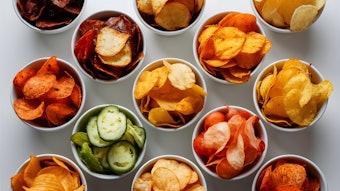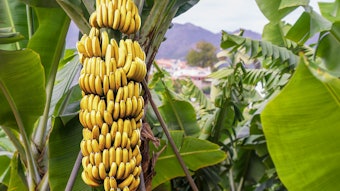The problem with favorite ingredients in cooking is that they tend to squirrel their way, almost unnoticed, into so very many dishes. My own cooking suffers from this fault in respect to peppers—any kind of peppers. I find the whole plant family fascinating, but ripe red bell peppers and tangy green jalapeños tend to insinuate themselves into way, way too many of my dishes.
1,3,5-Undecatriene (FEMA# 3796, CAS# 16356-11-9) is remarkably reminiscent of peppers, especially ripe bell peppers. Very few raw materials, smelled alone, conjure up such a vivid impression of a natural product. It is a very powerful green note but, paradoxically, it seems equally at home in roasted and raw varieties of bell pepper and jalapeño flavors. This fascinating raw material has a moderately wide distribution in nature, but its uses in flavors far outstrip its relatively modest natural occurrence. The dose rates given throughout this article are the levels suggested for use in flavors that are intended to be dosed at 0.05% in a ready-to-drink beverage or in a simple bouillon.
Vegetable and Herb Flavors
Bell pepper: The ideal level of addition of 1,3,5-undecatriene to bell pepper flavors varies depending on the profile of the flavor, but 40 ppm is a good starting point. Parsley: Fresh parsley leaves have an interesting and quite unexpectedly complex character, and this raw material adds significant realism at 40 ppm. Cucumber: Traditional cucumber notes work well enough, but they are usually much lighter and thinner tasting than the real thing. Adding 25 ppm of this raw material adds depth and authenticity.










